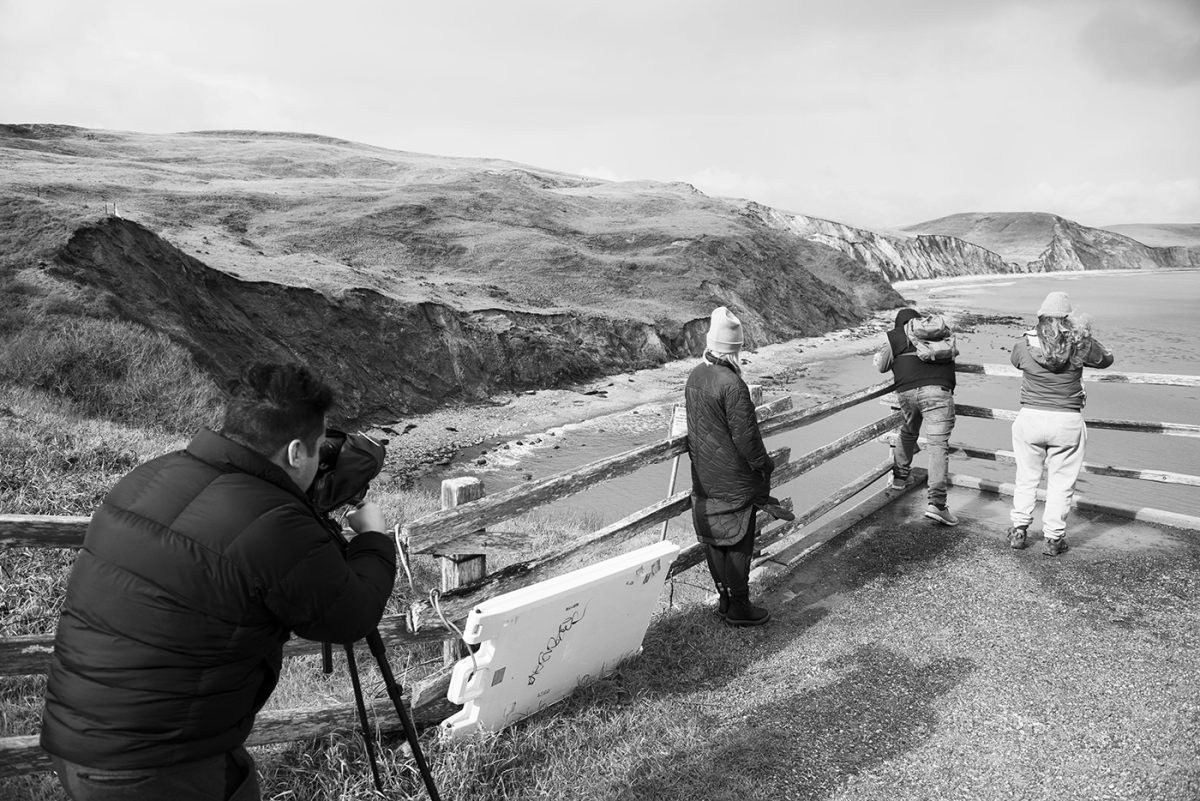Elephant seals in the Point Reyes National Seashore did not escape the impacts of recent storms, which swept dozens of pups out to sea and . . .
Storms scattered seals


Elephant seals in the Point Reyes National Seashore did not escape the impacts of recent storms, which swept dozens of pups out to sea and . . .